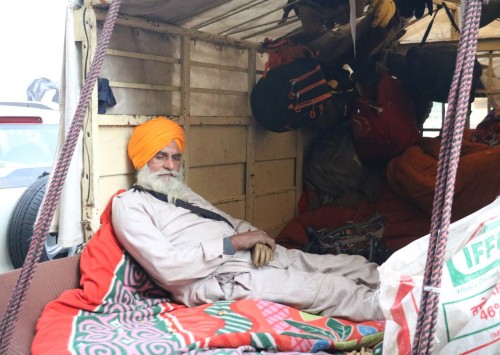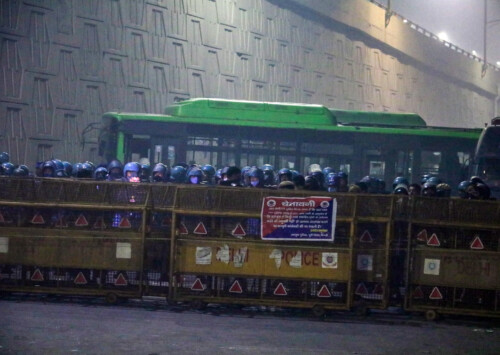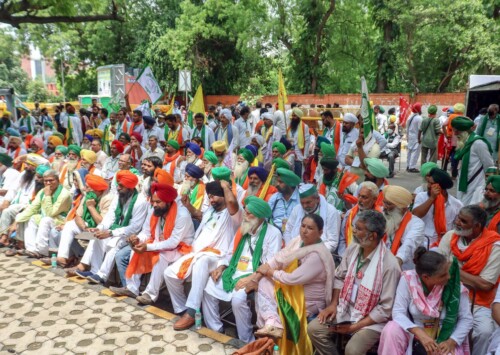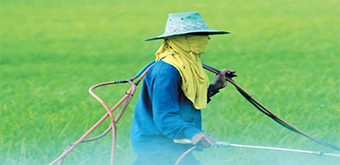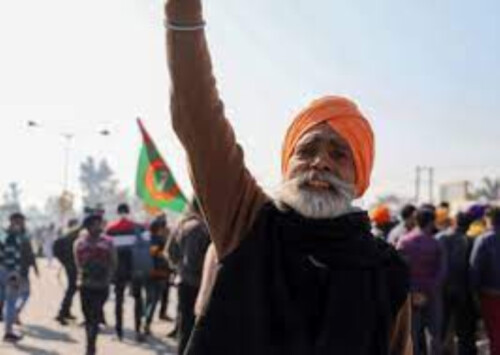Rise in farmer suicides in 2020: A tale of indebtedness & ineptness
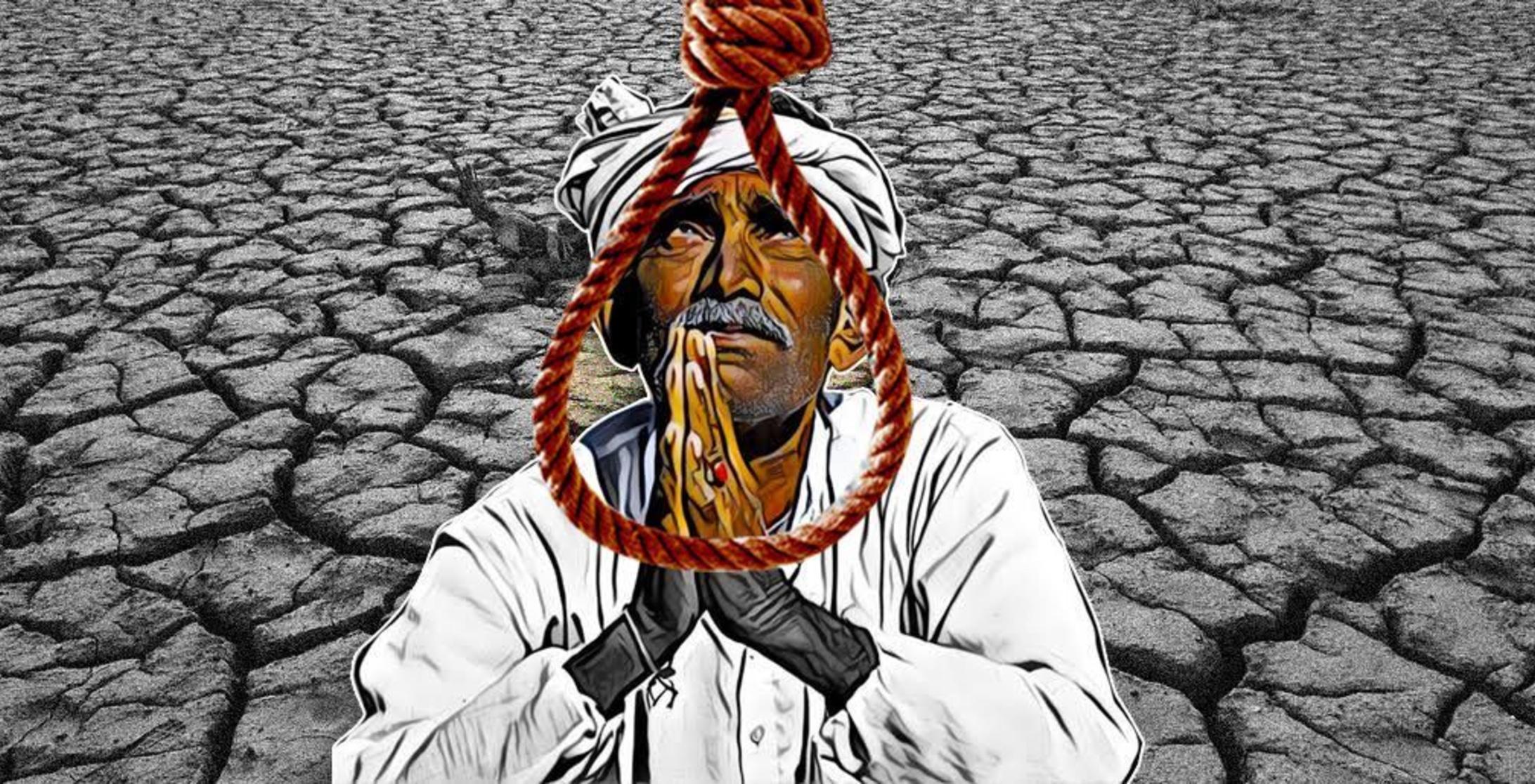
The National Crime Records Bureau (NCRB) reports an 18 pc rise from the 2019 figures that accounts for 7 pc of total suicides victims in the country (Photo/Indiatimes)
After a consistent decline in suicide rates of persons involved in farming sector for three consecutive years since 2017, the figures leaped from 10,281 in 2019 to 10,677 in 2020. The National Crime Records Bureau (NCRB) reports an 18 pc rise from the 2019 figures that accounts for 7 pc of total suicides victims in the country.
Maharashtra continues to be at the top of the list with 4,006 suicides in farm sector followed by Karnataka (2,016), Andhra Pradesh (889) and Madhya Pradesh (735). The report also says that data depicts only profession of persons who have committed suicide and has no linkage whatsoever regarding cause of suicide.
“The reasons are clear. The investment on producing crops is much higher than the returns, forcing the farmers fall into bankruptcy and indebtedness,” Bharatiya Kisan Union (BKU), press cell in-charge Shamsher Rana tells Media India Group.
Indebtedness among Indian agricultural households
Earlier this week, a 65-year-old farmer from Gujarat’s Morbi district committed suicide after allegedly being harassed by loan sharks to repay the amount he had borrowed by handing over the ownership of his house. “In smaller cities, the farmers tend to borrow money from local lenders who exploit them every chance and further add to their misery,” adds Rana.
Over 50 pc of agricultural households in India were in debt with average outstanding loan per household at INR 74,121 in 2019, says a survey conducted by National Statistical Office (NSO) on land and livestock holdings of households and situation assessment of agricultural households in rural areas of the country during January-December 2019.
Rana also points at the one of Narendra Modi government’s landmark schemes to improve the economic status of farmers, the PM Kisan scheme and says that the few benefited ones get highlighted while the plight of millions remains unheard.
The PM Kisan cash transfer scheme which was launched in February 2019, aimed to provide an income support of INR 6000 annually in three equal installments to small and marginal farmer families with combined landholding of up to 2 hectares.
However, according to information obtained from the agriculture department under the Right to Information (RTI) Act, over 1.12 million fund transfer failures were reported across the country under the PM-Kisan scheme during the Covid-19 lockdown between March 23 and July 31 in 2020.
Besides the executional failure, the scheme also fails to include landless agricultural labourers.
“Declining average size of holding, increasing trends in incidence of indebtedness among rural and cultivator households, increase in the average amount of debt and an increase in debt–assets ratio are some of the important data that shows the grim picture,” says An Analysis of the Scenario of Farmer’s Indebtedness in India, a research paper published in the International Journal of Humanities and Social Science Invention.
“Without resolving the issue of indebtedness among farmers, the overall development of the agricultural sector is not possible,” it adds.
Critics say that despite the sharp spike in suicide rates of persons involved in farming sector due to rise in indebtedness, the Modi continues to make baseless and rather unrealistic claims of doubling the farmers’ income by 2022.
Being an agrarian economy with around 70 pc of the Indian population engaged in agriculture and related sectors, the government needs to formulate policies and plans that allow the farmers to enjoy a debt-free life, adds Rana.

